However, to realize this, many challenges are arising, especially in terms of institutions and financial resources.
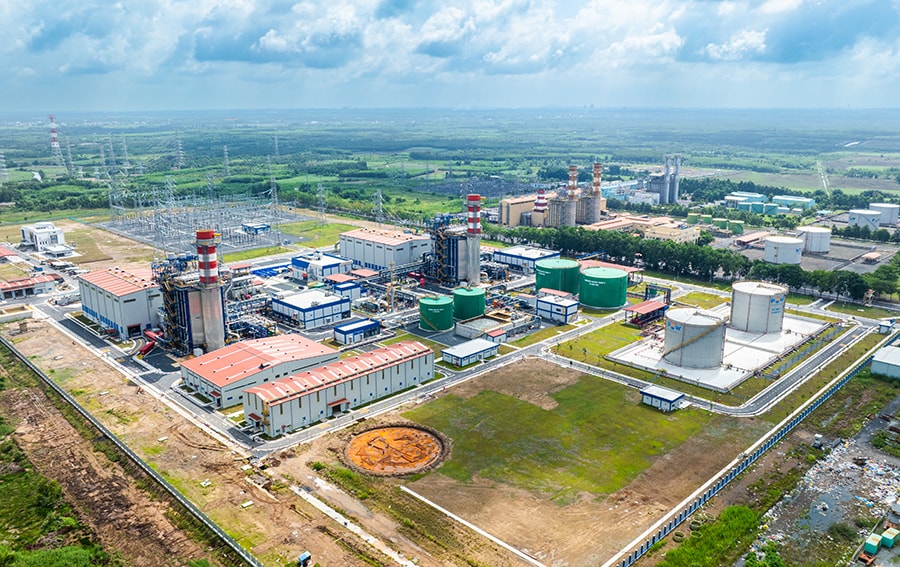
Many challenges to face
According to economist - Associate Professor, Dr. Ngo Tri Long, energy transition is becoming the strategic pivot of economies in the context of global efforts to respond to climate change. For Vietnam, this process is no longer a policy option but a mandatory requirement to realize the commitment to achieve net zero emissions by 2050.
However, the first challenge facing the energy transition is the enormous financial pressure. According to a World Bank report, the total capital Vietnam needs to mobilize to achieve its Net Zero target by 2050 is estimated at about 368 billion USD, equivalent to about 6.8% of GDP per year over 30 years. Of which, in the 2021-2030 period alone, the capital demand for the energy transition - including investment in renewable energy, power transmission systems, energy storage and upgrading digital infrastructure - is expected to exceed 135 billion USD.
“Comparing this scale with Vietnam’s average annual public investment, about 700-800 trillion VND, equivalent to 28-32 billion USD, it can be seen that the demand for financial mobilization for energy transition far exceeds the capacity of traditional public capital sources. This poses an urgent need for restructuring financial institutions for energy, creating conditions to mobilize domestic and international private capital flows. Vietnam does not lack the will to transform, but needs a strong financial institutional foundation to unblock long-term, sustainable capital flows, bringing the economy into the green era in a substantial and effective manner,” Associate Professor, Dr. Ngo Tri Long said.
Some of the institutional challenges this expert pointed out in mobilizing energy finance are that the electricity price mechanism does not truly reflect the investment costs, risk levels and profit expectations of the private sector, especially strategic investors and international financial institutions; the absence of a unified, synchronous and highly enforceable legal framework on green finance - including carbon markets, green bonds, and renewable energy certificates. The role of the State is not strong enough in leading capital.
With the increasingly narrowing proportion of public investment, the leading role of state-owned economic groups, especially the Vietnam National Energy and Industry Group (Petrovietnam), is becoming increasingly pivotal in unlocking and spreading capital for the new energy economy. To adapt to Vietnam's commitment to net zero emissions by 2050 at the 26th United Nations Climate Change Conference (COP 26), Petrovietnam needs to reposition itself as a comprehensive integrated energy investor, covering fossil energy, renewable energy and low-carbon technology solutions.
In response to new requirements and demands, Mr. Nguyen Trung Khuong, representative of the Strategy Board of the Vietnam National Energy and Industry Group (Petrovietnam), also stated that the pressure to reduce greenhouse gas emissions is increasing, not only from the Government's international commitments but also from the demands of the market and investors. Petrovietnam must solve the problem of reducing CO2 and methane emissions in all stages, from exploration, exploitation, transportation to oil and gas processing and electricity production. This requires large investments in energy-saving technology, emission reduction, operation optimization and application of CO2 storage solutions (CCS/CCUS).
And to enter new areas such as offshore wind power, hydrogen production, green ammonia or nuclear power development, Petrovietnam faces a huge capital investment requirement, with a very large investment rate and a long payback period. Mobilizing, arranging and optimizing these capital sources in the context of competition and current financial regulations is an extremely big challenge.
In addition, while opportunities from fields such as LNG, offshore wind power, nuclear power, hydrogen or CO2 capture and storage technology are very clear, the legal corridor for these types of projects is still incomplete and unstable. The lack of a flexible operating mechanism, unclear regulations on investment, connection, licensing, transfer or capital mobilization make it difficult for the group to quickly and on a large scale deploy new energy projects. This is a direct barrier slowing down the process of transforming Petrovietnam's investment portfolio.
Need a “key” to open
To address urgent issues of financial pressure, economist Ngo Tri Long said that building a complete legal framework for green finance is an urgent requirement to create a transparent corridor, reduce institutional risks and promote sustainable capital flows from the private and international sectors.
And to realize the green finance legal framework, synchronizing solutions such as the need to soon submit to the National Assembly the Green Finance Law (2025-2026 period), drafted by the Ministry of Finance, referring to the legal models of the EU, Japan, and Korea; promulgating a green activity classification list (Green Taxonomy) as a basis for determining projects eligible for loans, bond issuance or incentives; establishing a national green finance coordination agency, proposed as an inter-ministerial Steering Committee under the direct direction of the Prime Minister; promoting international cooperation, especially in training, building a green credit rating system, and developing the ASEAN regional carbon market.
This expert emphasized that legalizing the legal framework for green finance is not only an institutional foundation for the energy transition, but also a prerequisite for Vietnam to integrate into the global climate capital market. In the context of the approaching zero net emissions target, the Green Finance Law is the "key" to unlocking hundreds of billions of USD in resources for a sustainable and self-reliant energy future. He also emphasized the need to soon promulgate the Green Finance Law, creating a unified legal framework for green bonds, carbon markets, climate insurance and ESG reporting, a green project classification system, etc., along with investment norms and specific electricity trading mechanisms recommended for new types of energy prioritized for development.
According to Dr. Nguyen Huu Luong, Vietnam Petroleum Institute, although green energy development is a trend and the demand for oil is no longer growing as high as before, oil and gas are still considered a stable energy source in the coming decades. Until 2050, the world energy picture will still be a mixture of many forms of energy, in which oil and gas will still play a certain role as a primary energy source in economic and social activities.
The energy transition trend leads to a decrease in the demand for traditional liquid fuels such as gasoline, diesel, etc. Meanwhile, due to the development of clean fuels and advanced means of transport such as electric vehicles and fuel cell electric vehicles, the demand for biofuels and hydrogen will increase. To anticipate the development of new generation vehicles, refineries can orient the development of petrochemical products, hydrogen and biofuels as their new products.
Energy transition cannot rely solely on sectoral policies, but requires a comprehensive restructuring of energy financial institutions at the national level, in which Petrovietnam is not only a technology pioneer, but must become a national strategic financial institution, playing the role of designing, leading and ensuring green capital flows for Vietnam's future. This is not only a policy choice, but a necessary and sufficient condition to realize the commitment to sustainable development, maintain energy security and maintain the national economic position in the carbon neutral era.
Mr. Nguyen Trung Khuong, Petrovietnam Strategy Board shared that Petrovietnam will transform strongly to become a leading national and regional industrial and energy group. To realize that goal, Petrovietnam proposes and hopes for strong direction and support from the Government and ministries and branches through the urgent completion of a synchronous, clear and breakthrough legal corridor for new energy fields...
Source: https://hanoimoi.vn/nang-luong-sach-yeu-cau-tat-yeu-cua-phat-trien-ben-vung-710940.html




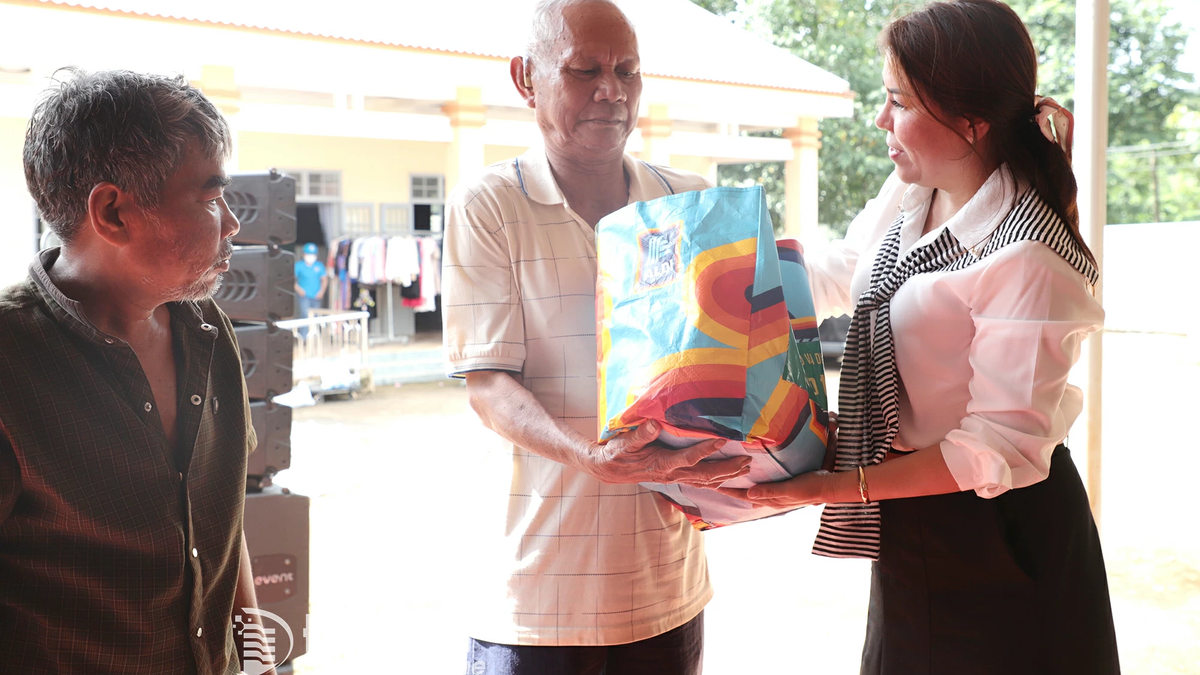
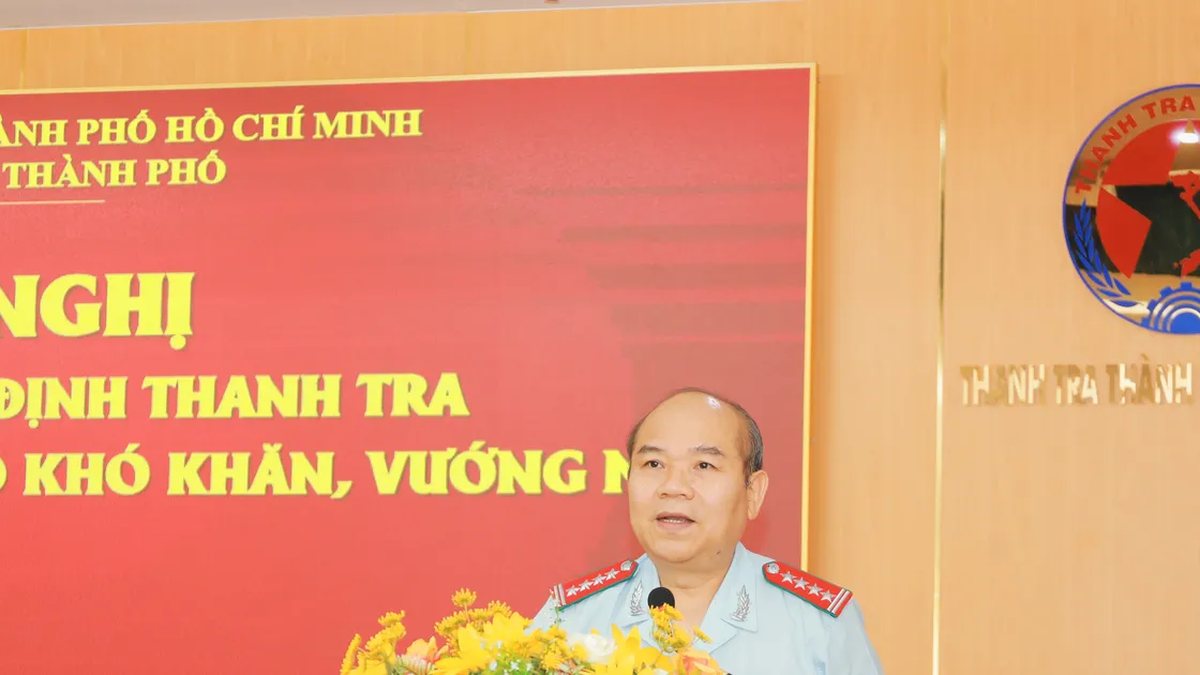
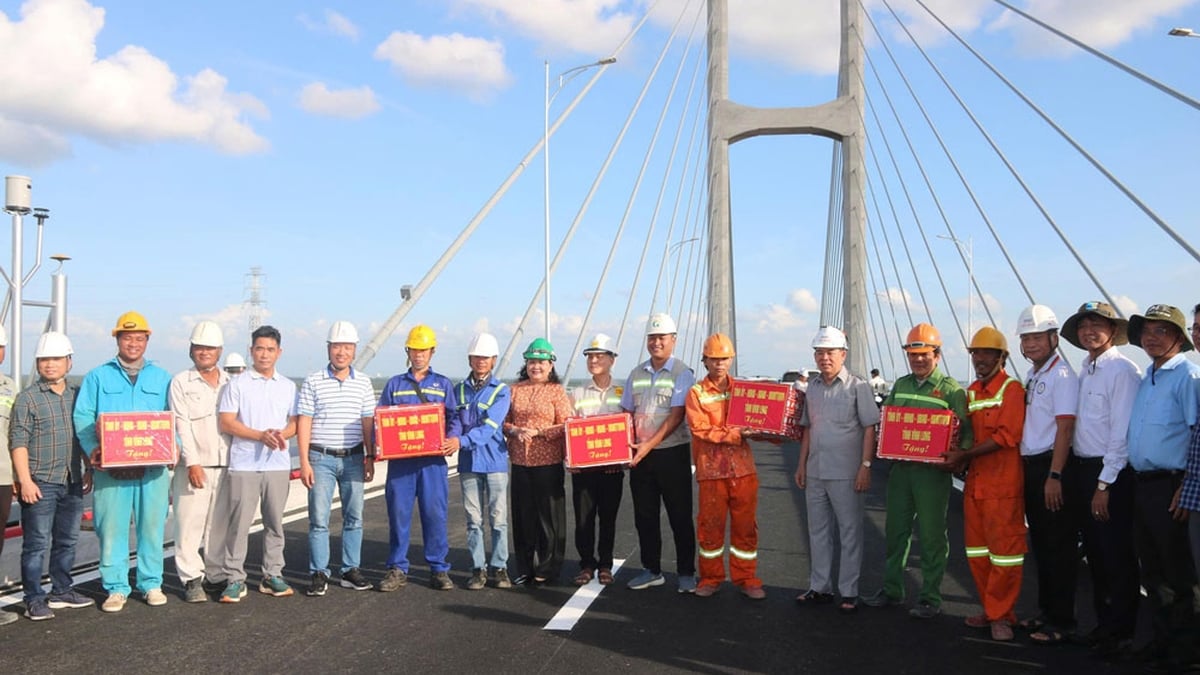
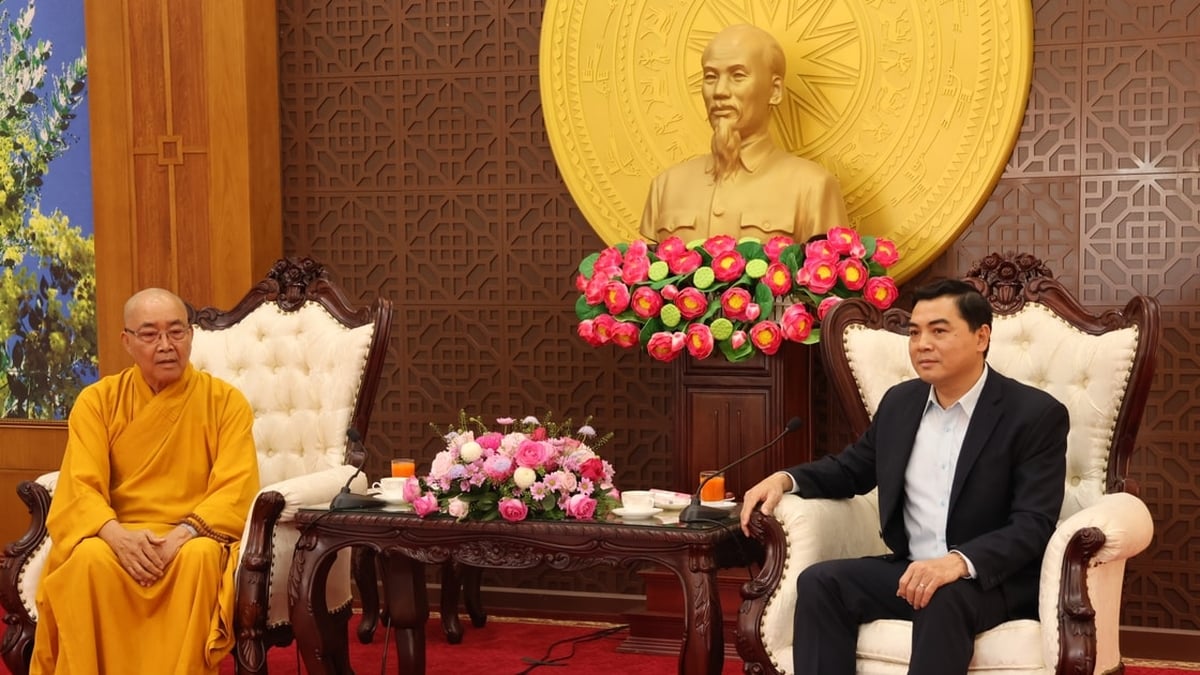
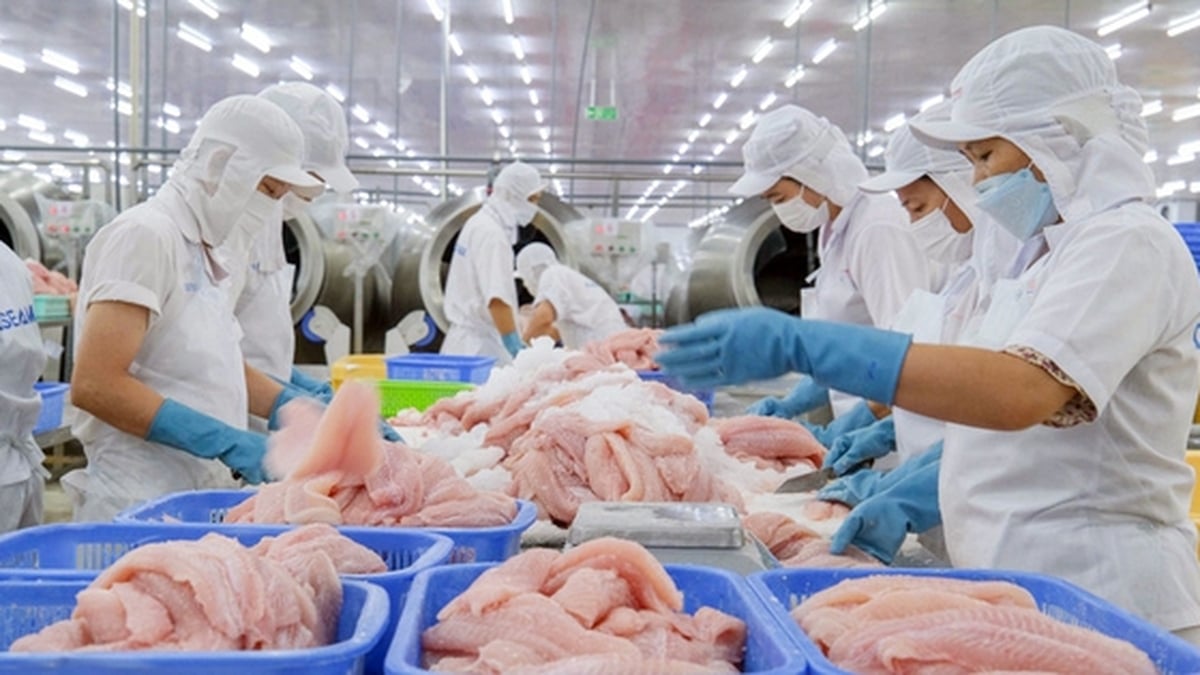


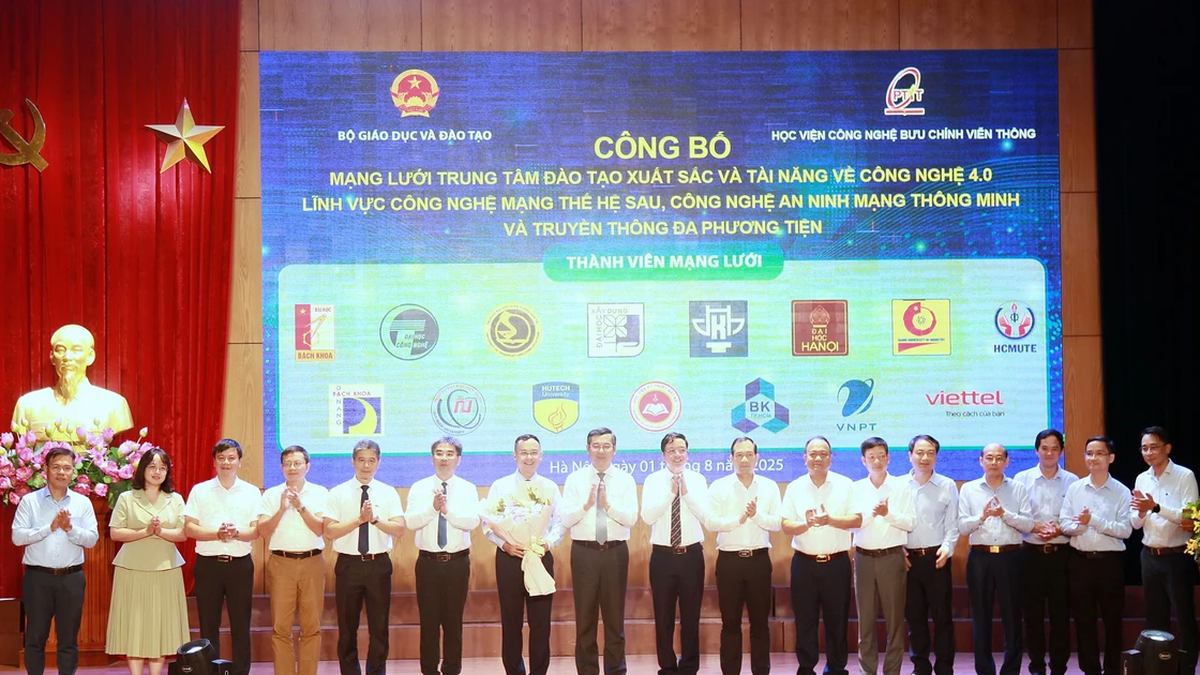























































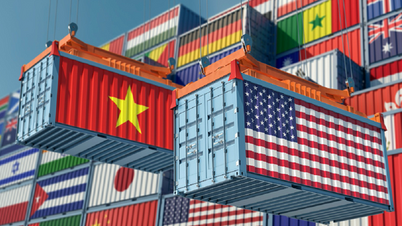







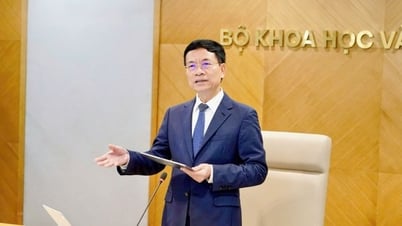


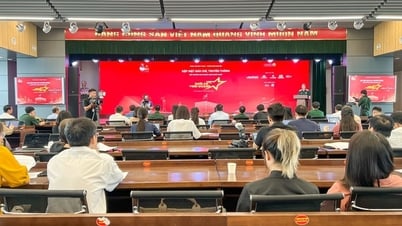
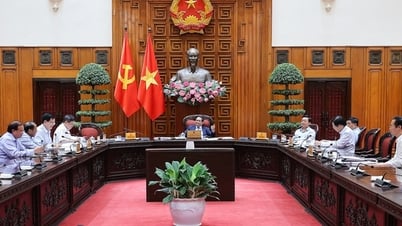






















Comment (0)